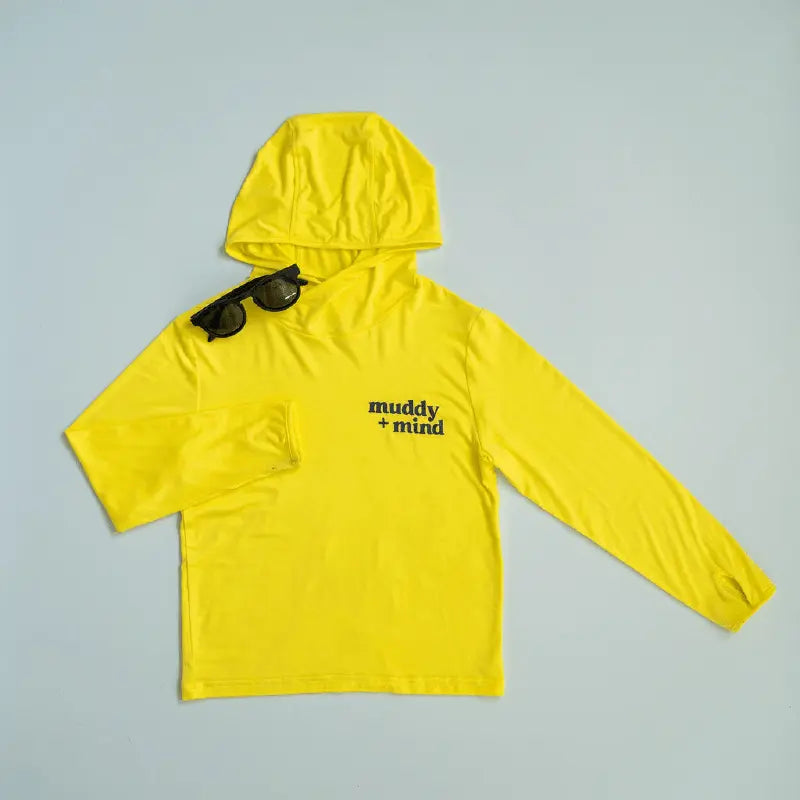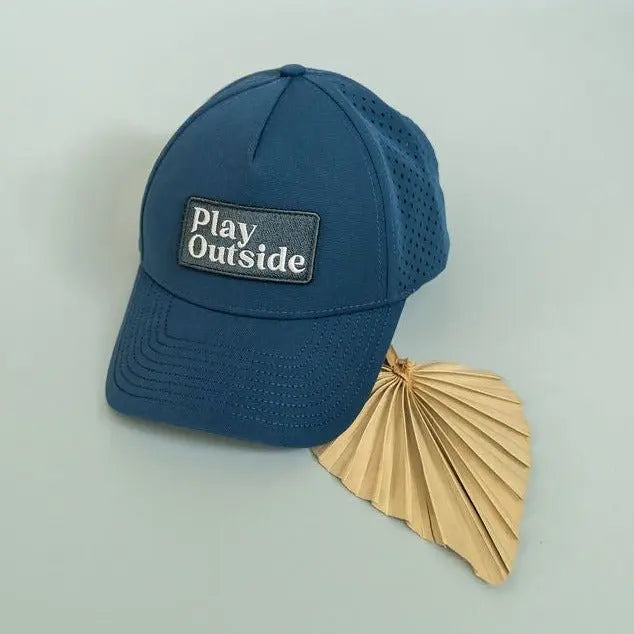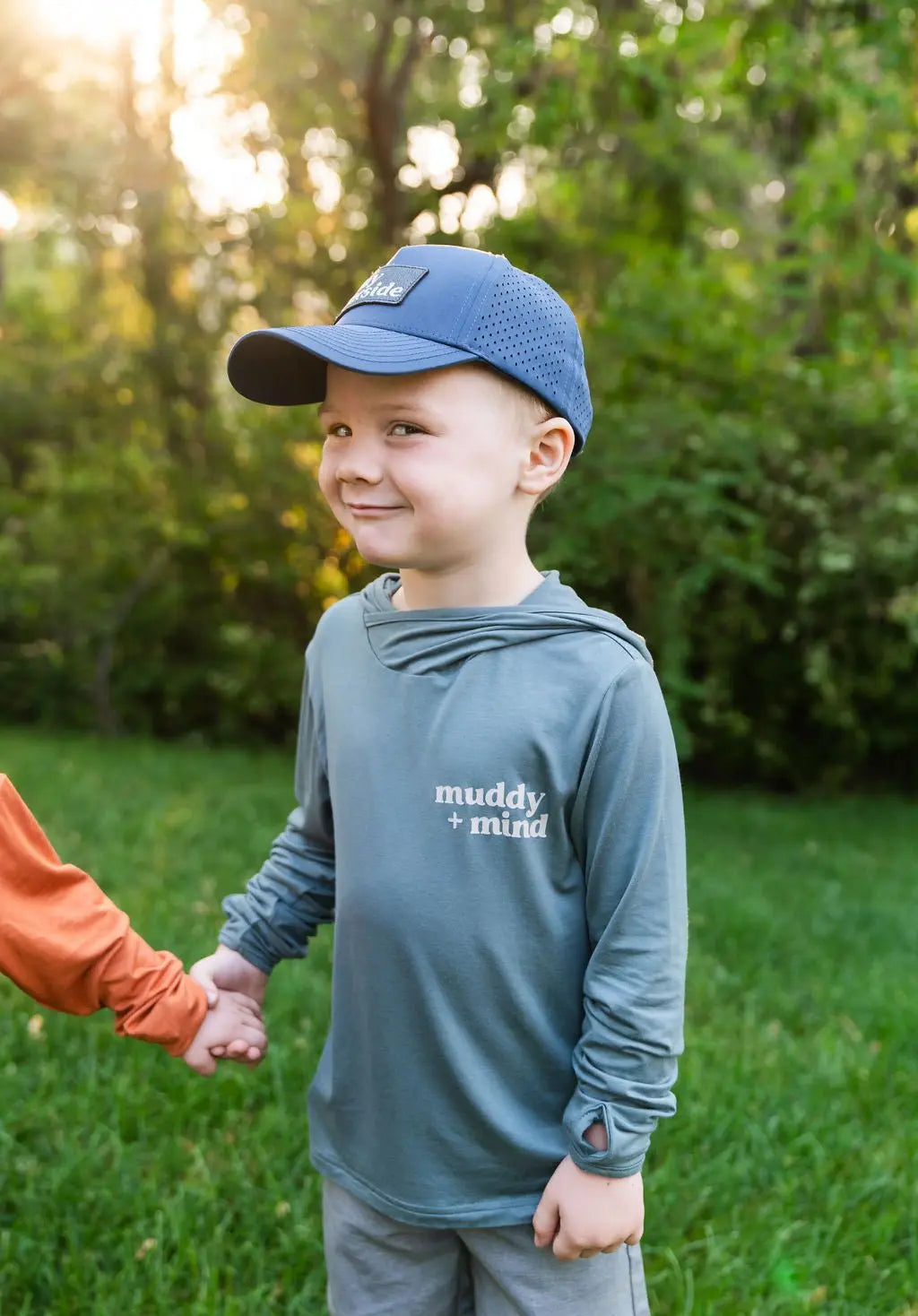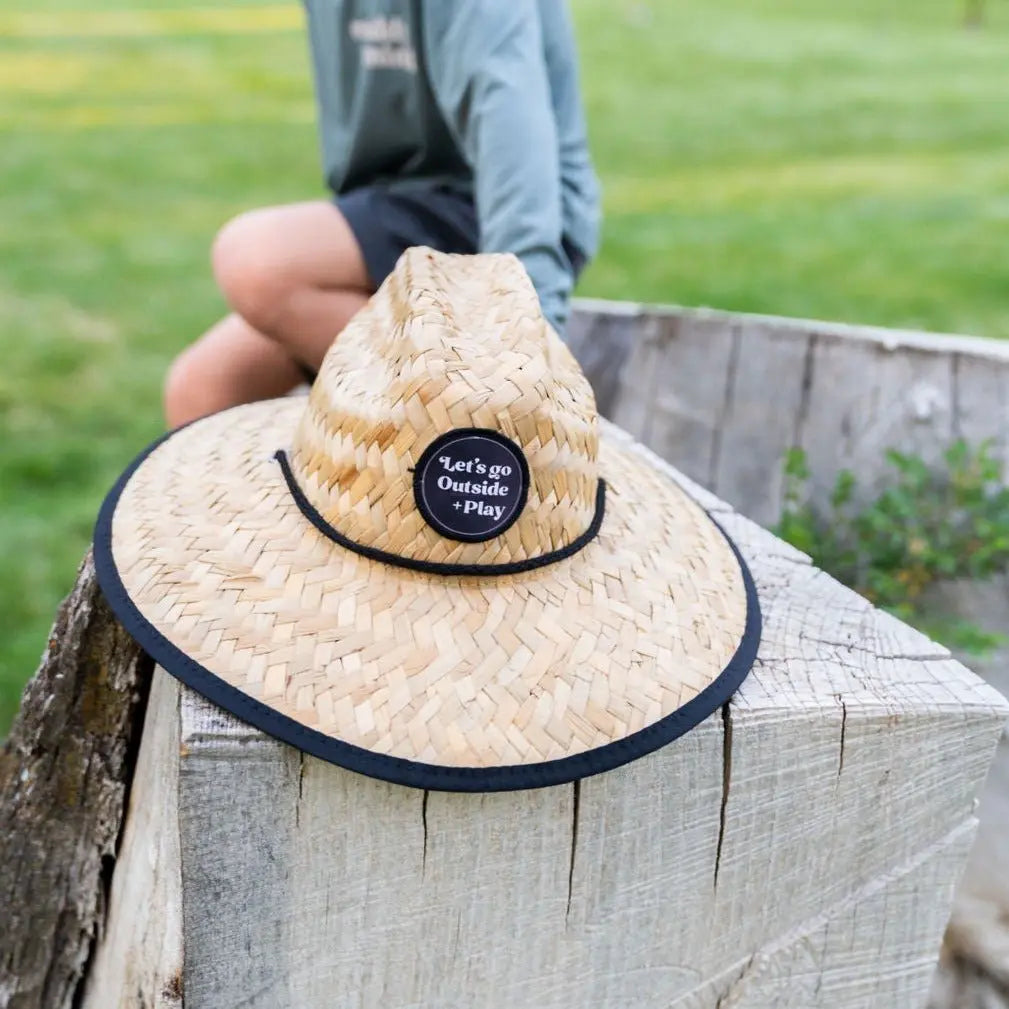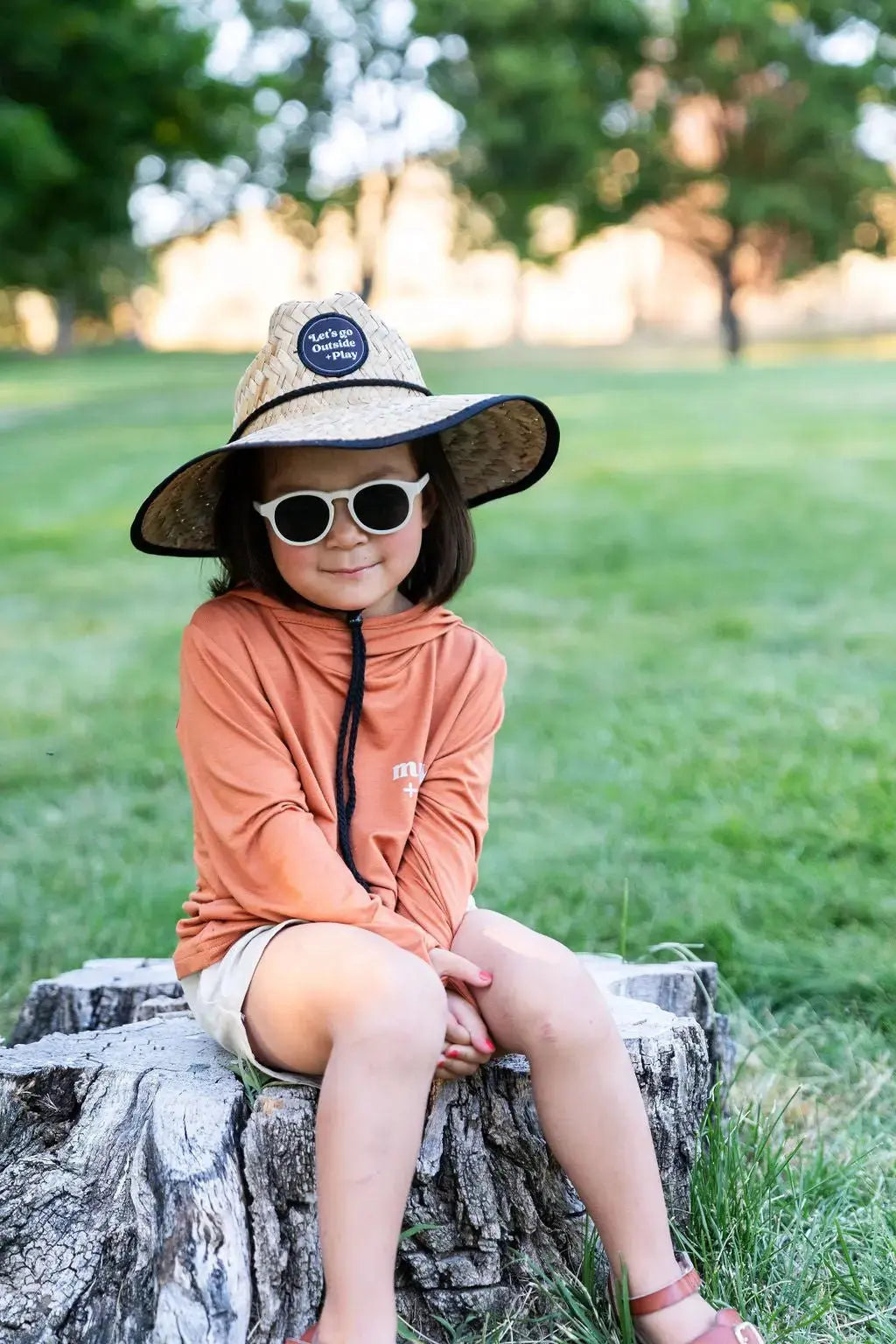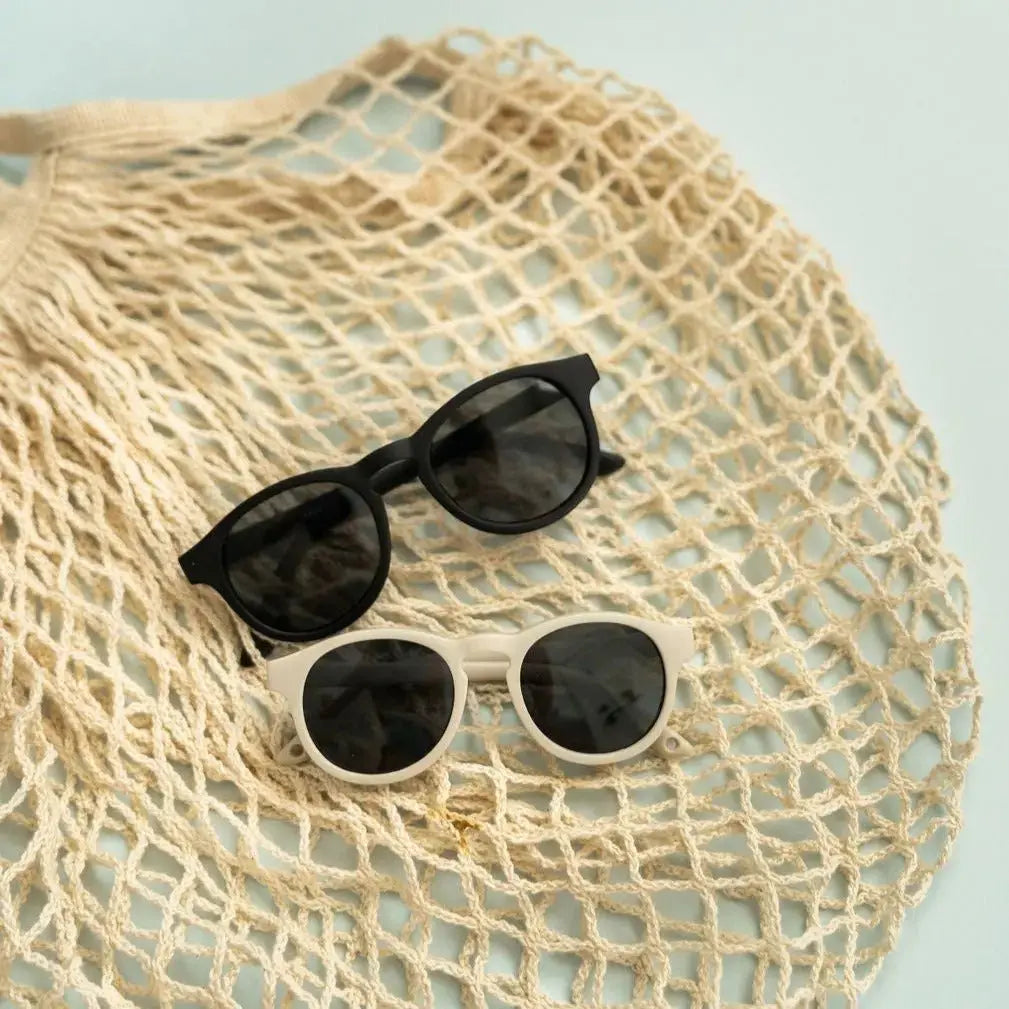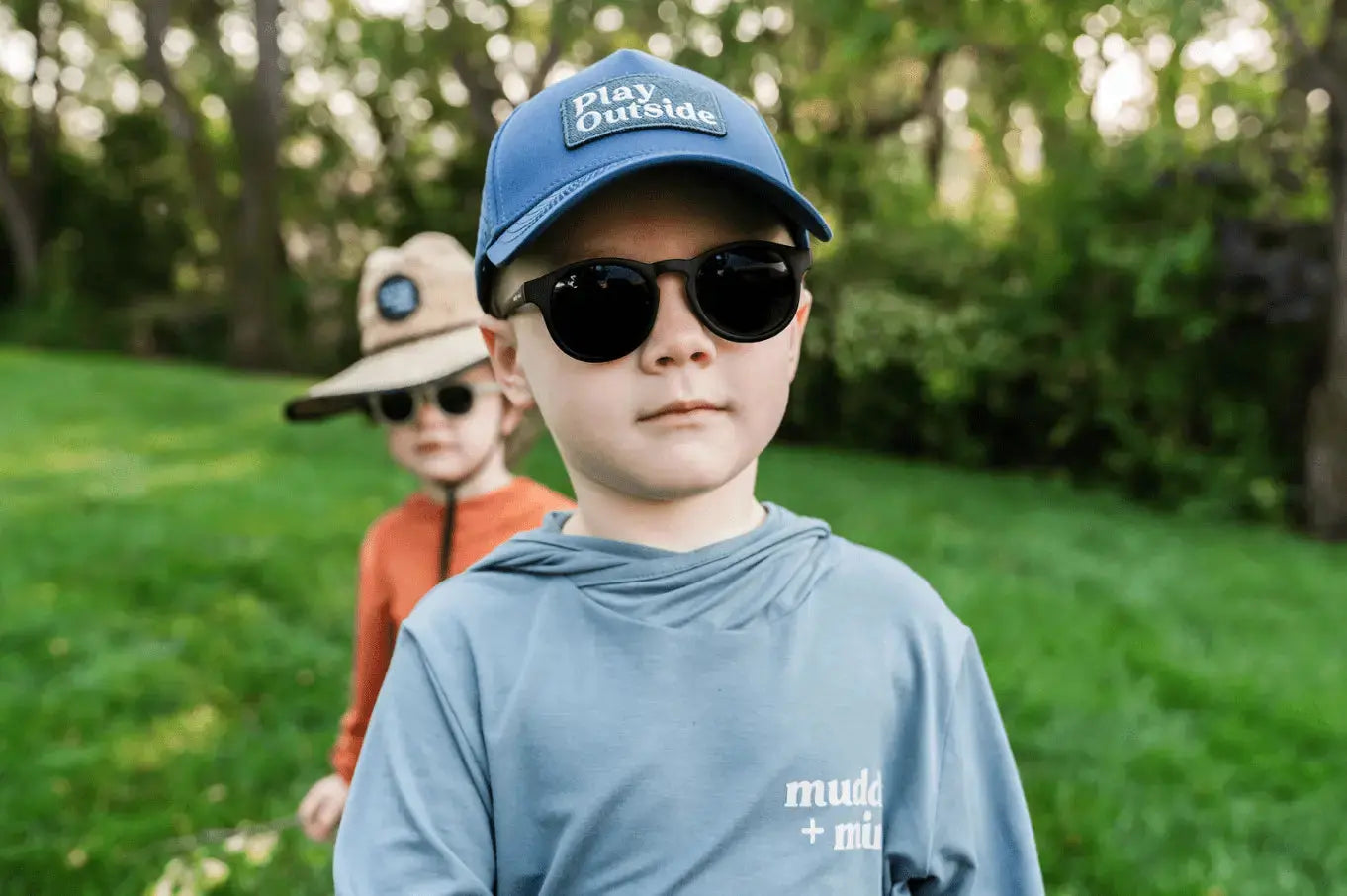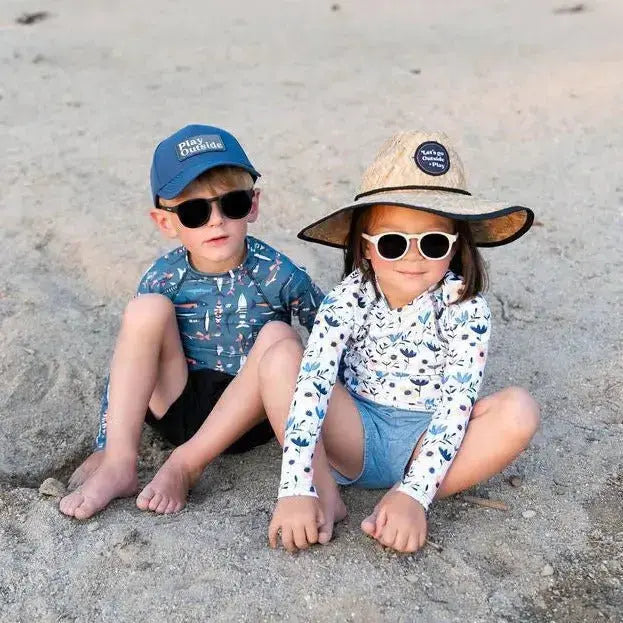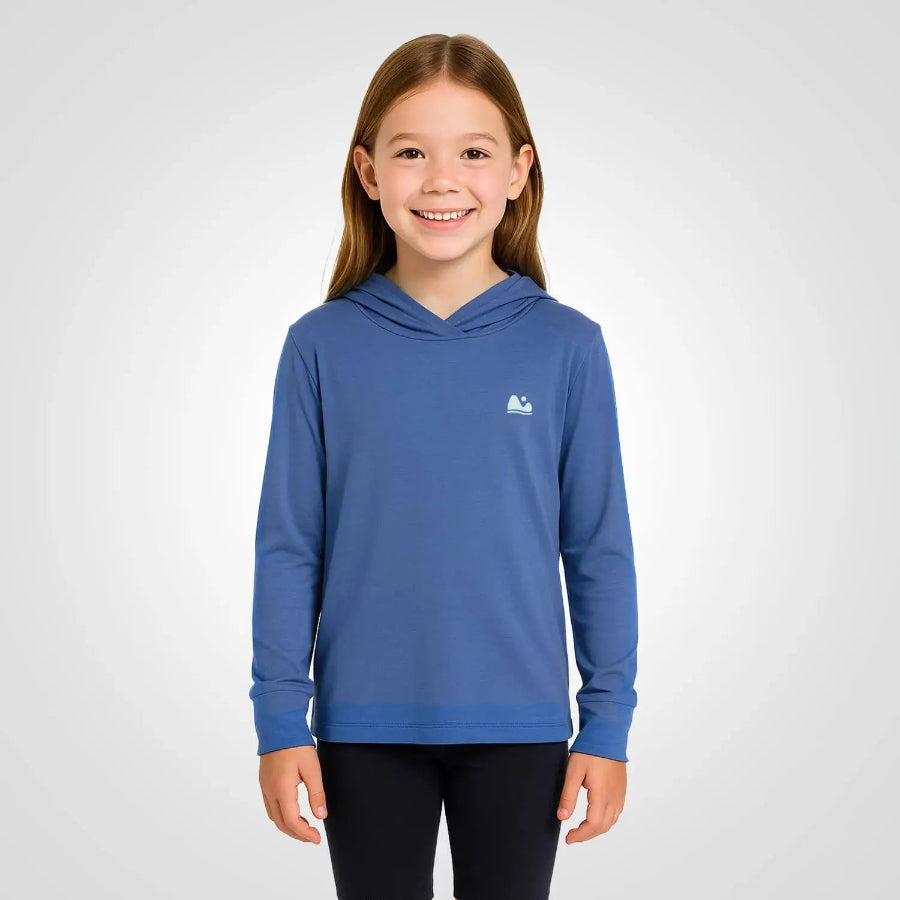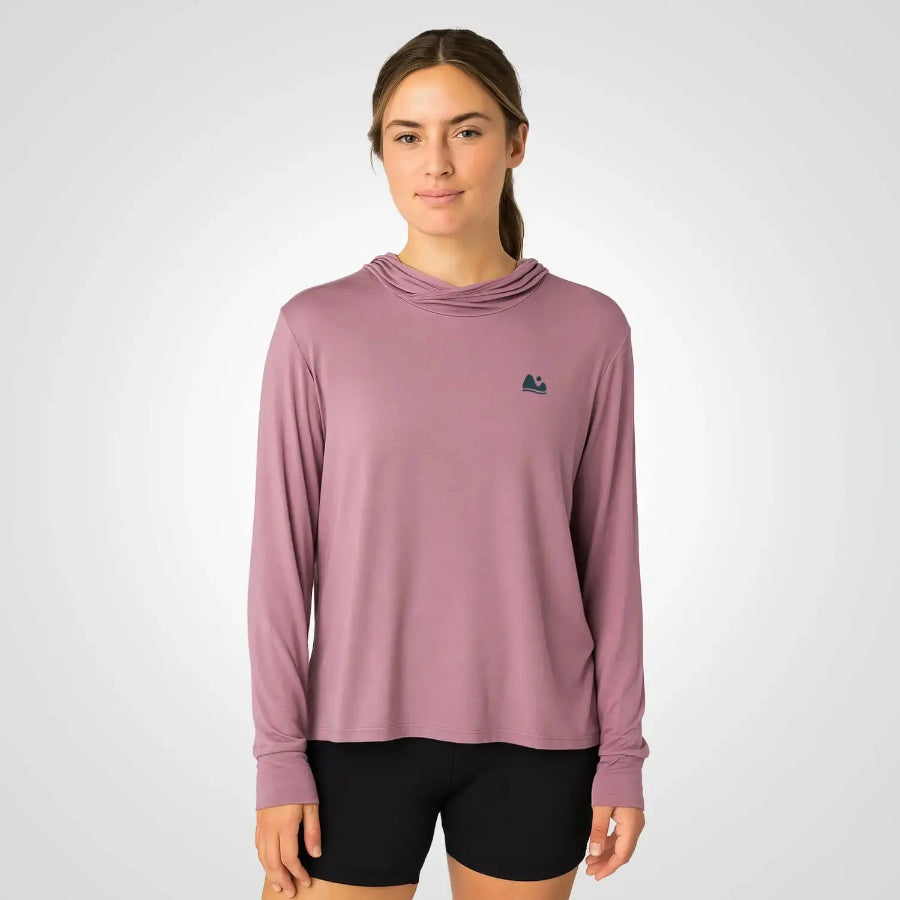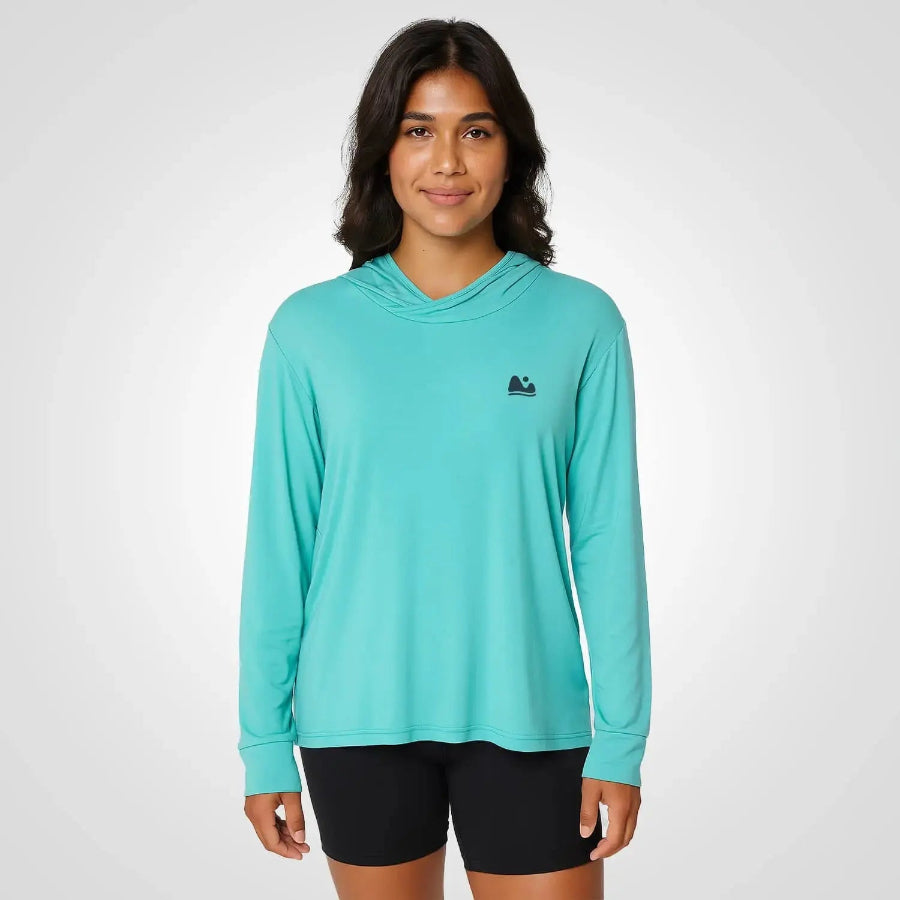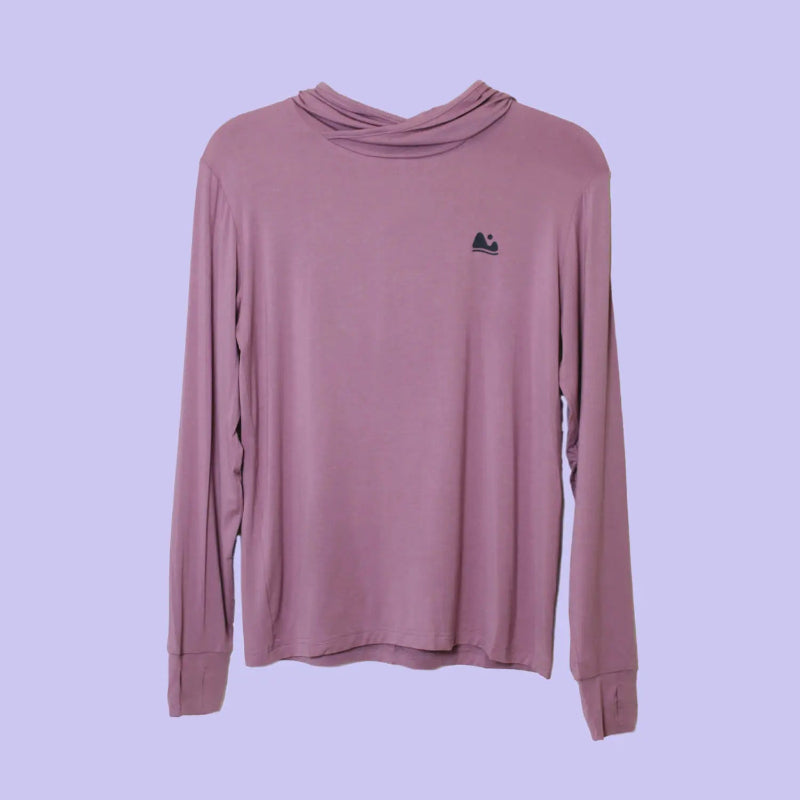Up to 30% off on ONE shirts and Rash guards when you get one for you and one for your little one to match. Automatically applies at checkout.

When to Play Outside in Summer, and When It’s Better to Stay In
When to Play Outside in Summer, and When It’s Better to Stay In
I’m all about letting kids get messy, sweaty, and covered in mud. But I’m also a mom in South Florida, and some days, even I call it.
There’s a difference between building heat tolerance and risking heat exhaustion. Between a little sweat and a scary skin reaction. And over the years, I’ve figured out how to read the signs, both in the weather and in my kids.
So here’s how we decide when to go outside, what to wear, and what to do when it’s just too hot.
Know Your Numbers: What Is “Too Hot” for Kids?
There’s no universal rule, but most pediatricians agree: when the heat index climbs above 90°F (32°C), it’s time to start modifying outdoor play.
The American Academy of Pediatrics recommends:
- Limiting intense activity during peak sun hours (10 a.m. to 4 p.m.)
- Watching for signs of overheating: red cheeks, lethargy, crankiness, refusal to drink
- Prioritizing shade, water play, and loose, light clothing
At Play Outside, we say: If your gut says it’s too hot, it probably is.
Our Summer Rules for Playing Outside
After a lot of trial and error, here’s the simple rule we follow:
If it’s under 90°F and we have shade, hydration, and proper clothing, we go.
If it’s over 95°F, we shift to indoor play, water play, or shaded slow movement.
We dress in:
- Bamboo sun shirts for breathability and protection
- Wide-brimmed hats and loose shorts
- Barefoot or water shoes for easy movement and cool-downs
And we always pack cold water and salty snacks, like pretzels or veggies with dip.
How We Modify Outdoor Time on Hot Days
Instead of skipping outdoor play entirely, we adjust how and when we do it:
- Early mornings (before 9:30 a.m.) or after dinner
- Short bursts of activity, followed by rest and hydration
- Shady backyards, splash pads, and tree-covered trails
- Water-based nature play: ice painting, sponge toss, watering plants
Indoor Alternatives That Still Support Outdoor Learning
If we stay in, we still try to keep the spirit of outdoor play alive:
- Nature journaling by the window
- Watching a nature documentary and drawing what we see
- Building a camp site indoors with sleeping bags and flashlight stories
- Creating a “bug observation box” with found objects or toys
What Overheating Can Look Like in Kids
Every child is different. But here are signs we always take seriously:
- Unusually red or flushed skin
- Dizziness, headaches, or nausea
- No longer sweating, but hot to the touch
- Sudden behavior changes (like extreme crankiness or limpness)
If you notice any of these, get inside immediately, cool them down with damp cloths, and offer sips of water. Don’t push through.
It’s Okay to Say “Not Today”
Loving the outdoors doesn’t mean pushing through dangerous weather. It means knowing your family’s limits, making smart choices, and creating a life that includes nature, even if it looks like puddles in the driveway or butterfly videos from your couch.
One of the most freeing things I’ve learned?
Being an “outdoorsy parent” doesn’t mean you’re outside all day.
It means you value it, protect it, and show your kids how to respect their bodies and the environment, even when that means staying inside.
Love,
Adriana
Founder of Play Outside

